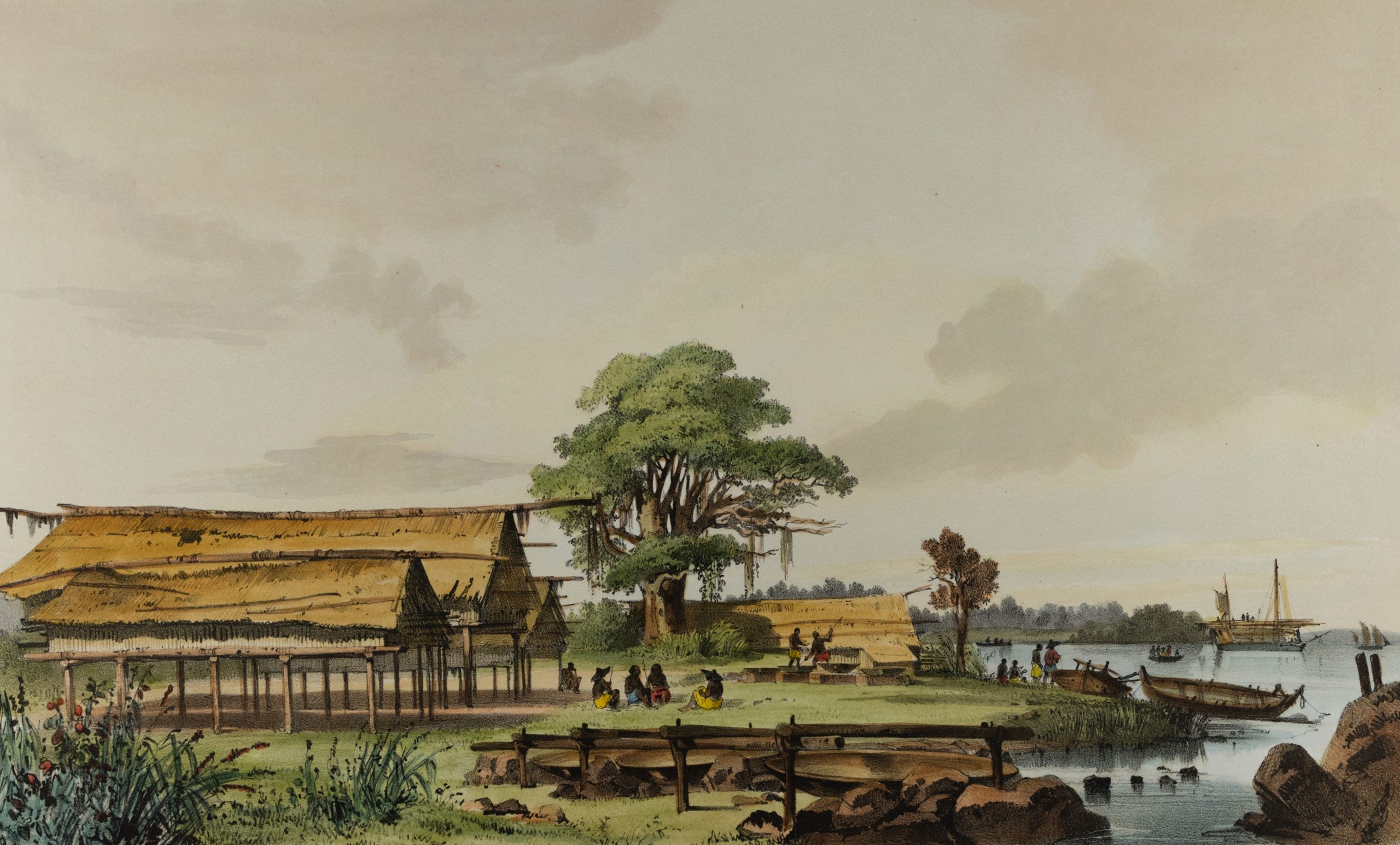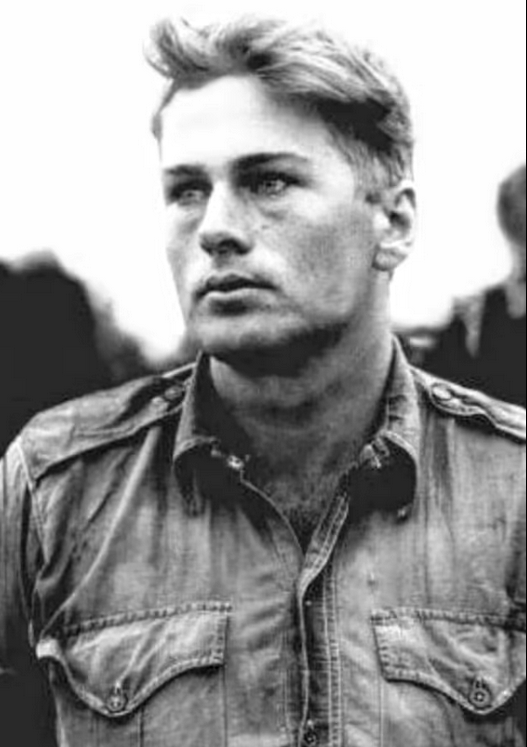The extent of the Macassar penetration into Northern Australia was greater than is generally acknowledged: much more than a few scattered trepang-seeking proas. In fact, as this excerpt from Voyage to Terra Australia by Matthew Flinders, shows, Macassar incursions featured large numbers of boats and men; heavily armed and organised on military lines. The following meeting took place on the coast of Eastern Arnhem Land, not far from the modern town of Nhulunbuy.
Thursday, February 17, 1803:
On approaching I sent Lieutenant Flinders in an armed boat to learn who they were, and soon afterwards we came to an anchor in twelve fathoms, within musket-shot, having a spring on the cable and all hands at quarters. On the return of Lieutenant Flinders we learned that they were proas from Macassar, and the six Malay commanders shortly afterwards came on board in a canoe. It happened fortunately that my cook was a Malay, and through this means I was able to communicate with them. The chief of the six proas was a short elderly man, named Pobassoo. He said that they were upon the coast in different divisions sixty proas, and that Salloo was the commander-in-chief.
According to Pobassoo, from whom my information was principally obtained, sixty proas, belonging to the Rajah of Boni, and carrying one thousand men, had left Macassar with the north-west monsoon two months before, upon an expedition to this coast, and the fleet was then lying in different places to the westward — five or six together — Pobassoo’s division being the foremost. These proas seemed to be about twenty-five tons, and to have twenty or twenty-five men in each. That of Pobassoo carried two small brass guns obtained from the Dutch, but the others had only muskets, besides which every Malay wears a dagger, either secretly or openly.
The image that accompanies this post depicts a Macassar Trepanging Camp at Raffles Bay, Coburg Peninsula NT. It was painted between 27 March and 6 April 1839. The painter was Louis Le Breton, the official artist on a voyage of exploration under the command of French captain, Dumont D’Urville. Courtesy: NT Library
Browse our books here.



